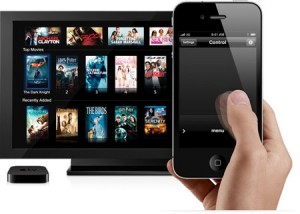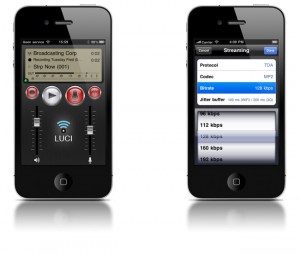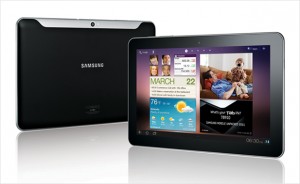Microsoft to Hit Google with Antitrust Complaint
April 3, 2011
In the ongoing battle between two tech giants, Microsoft claims that Google is stifling competition in Europe where Google controls approximately 95 percent of the online search market. Microsoft also alleges that Google is limiting data from YouTube and other services. The Los Angeles Times reports that Microsoft Corp. plans to file a formal antitrust complaint against Google Inc., as part of the European Commission’s investigation launched last November.
This is the first time Microsoft has filed such a complaint against a rival.
“Google has done much to advance its laudable mission to ‘organize the world’s information,’ but we’re concerned by a broadening pattern of conduct aimed at stopping anyone else from creating a competitive alternative,” wrote Microsoft General Counsel Brad Smith online. “We’ve therefore decided to join a large and growing number of companies registering their concerns about the European search market.”
According to Smith, Google is limiting data from YouTube required to properly display search results for Microsoft’s Bing and other search engines. And while iPhones and phones running Google’s Android software have no problems with YouTube, Smith claims Google has blocked phones running Windows software from interacting properly with YouTube.
“These allegations raise important competition concerns, especially in light of Google’s market share,” Senator Herb Kohl of Wisconsin said, “and we’ll examine them more closely as we prepare for our antitrust hearing.”






